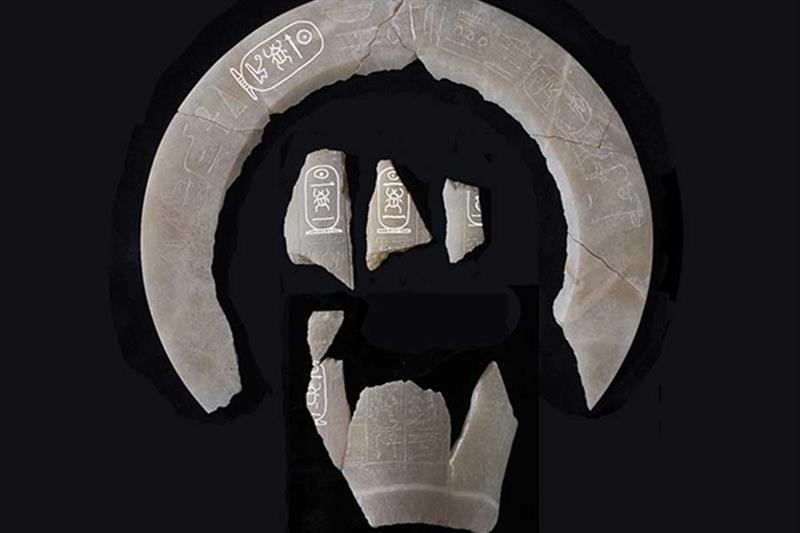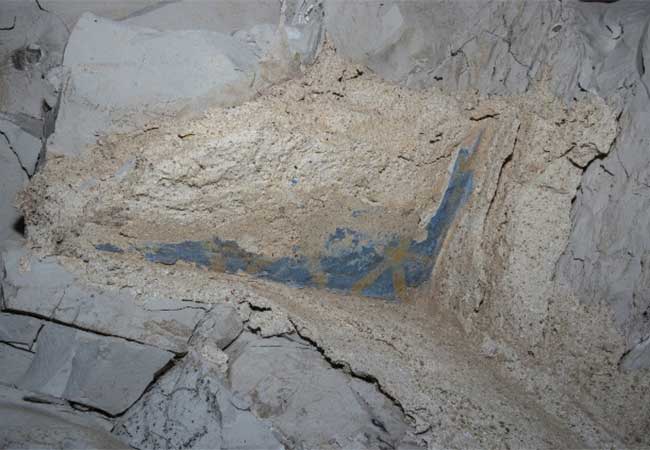Thutmose II’s Tomb is Egypt’s Biggest Archaeological Discovery Since 1922

A joint Egyptian-British archaeological team has uncovered the long-lost tomb of King Thutmose II, the last missing royal tomb of the 18th Dynasty.
This discovery in the C Valley west of Luxor marks the first royal tomb uncovered since Howard Carter revealed King Tutankhamun’s tomb in 1922.
The excavation, conducted by the Supreme Council of Antiquities in collaboration with the New Kingdom Research Foundation, began in 2022 when the entrance and main corridor of Tomb C4 were identified.
Initially believed to belong to a royal consort due to its proximity to the tombs of King Thutmose III’s wives and Queen Hatshepsut, further investigations confirmed it as the burial site of King Thutmose II.
Artefacts discovered in the tomb, including fragments of alabaster jars bearing inscriptions with the names of Thutmose II and his principal wife, Queen Hatshepsut, provided definitive evidence of the tomb’s ownership. Experts have determined that Queen Hatshepsut, the king’s wife and half-sister, oversaw his burial.

Mohamed Ismail Khaled, secretary-general of the Supreme Council of Antiquities (SCA), described the find as one of the most significant in decades.
“This is the first time funerary furniture belonging to Thutmose II has been discovered, as no such items exist in museums worldwide,” he stated. According to Khaled, it is the first royal tomb uncovered since the discovery of Tutankhamun’s tomb in 1922.
“Despite its significance, the tomb was found in poor condition, flooded in antiquity shortly after the king’s death. Water damage caused severe deterioration, leading to the loss of many original contents, which are believed to have been relocated during ancient times,” said Mohamed Abdel Badei, head of the Ancient Egyptian Antiquities Sector and head of the mission from the Egyptian side.
“Archaeological teams have restored portions of fallen plaster adorned with intricate designs, including blue inscriptions, yellow star motifs, and elements of the Book of Amduat, a key religious text used in royal tombs,” he added.
Piers Litherland, head of the British side of the mission and field director, noted that the tomb has a simple plan compatible with an early form of the left-hand-turn design that successive kings of the 18th Dynasty developed. The only anomaly is the second corridor.
It was first thought that this was a robbers' tunnel. However, he continued that it had been enlarged twice and plastered with white gypsum plaster. It also slopes upwards rather than downwards. It goes through the burial chamber, 1.4 metres above the chamber floor.
It is estimated that floodwater reached this level when the tomb was flooded. This corridor seems to have been created to enable removing the king’s body from his flooded tomb.
Main Image: One of the artifacts which was discovered by A joint Egyptian-British archaeological team in the tomb of King Thutmose II.
